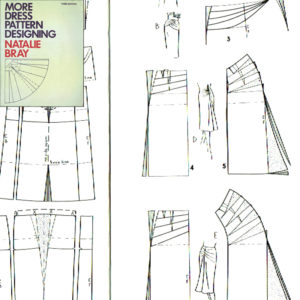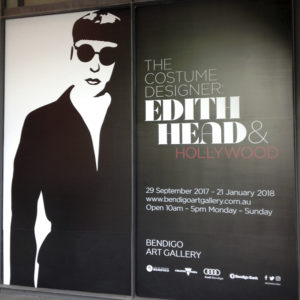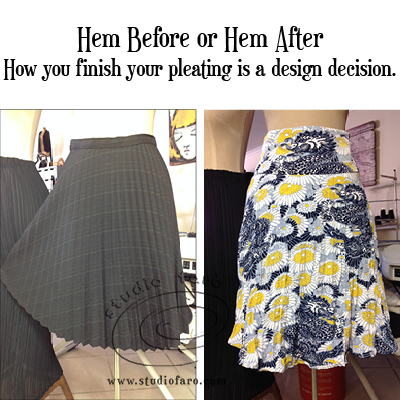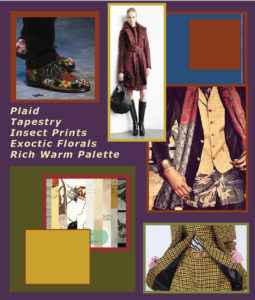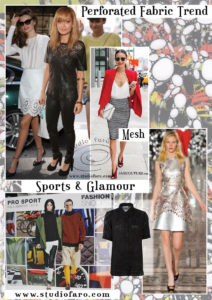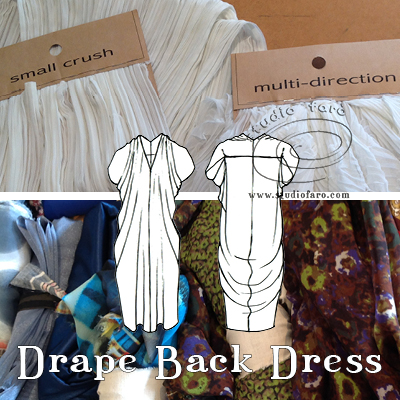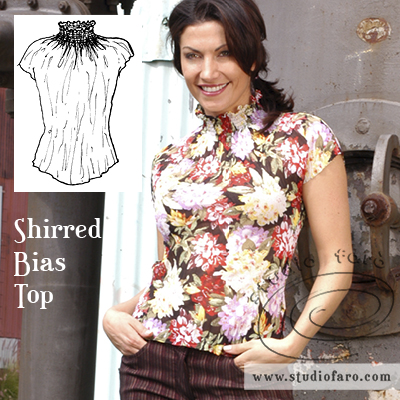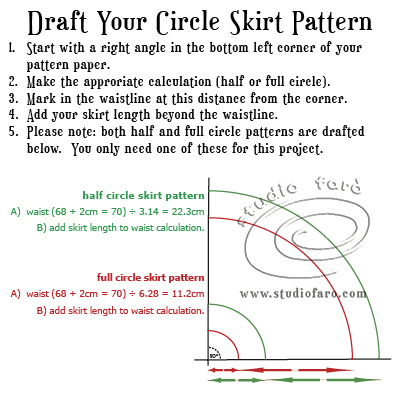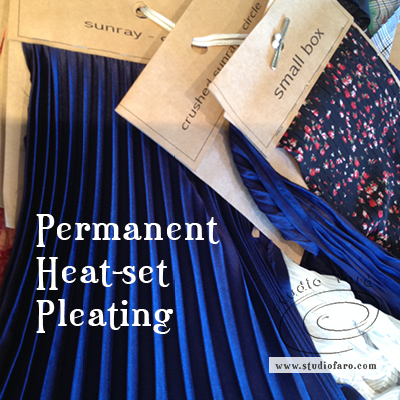06 Feb My Drape Pattern Making Method
The origins of my passion for creative pattern making start way back in 1980 when I first went to fashion college. It was at this time that I was introduced to an amazing pattern making book that just lit up my brain. Natalie Bray's technical diagrams leapt off the page and made immediate sense to me. I could hardly contain my excitement at the potential of pattern making. To this end I believe I was quite the pesky student in our pattern making classes. The student with 20 questions every session, that drove the pattern making teacher crazy. You'll find Natalie's books on all the usual book selling sites and the prices vary dramatically, so do your research.
